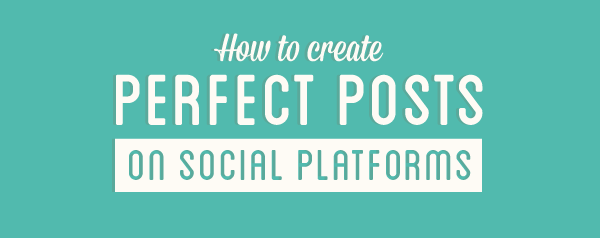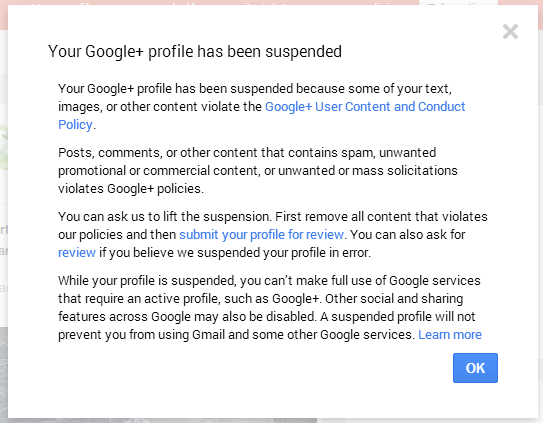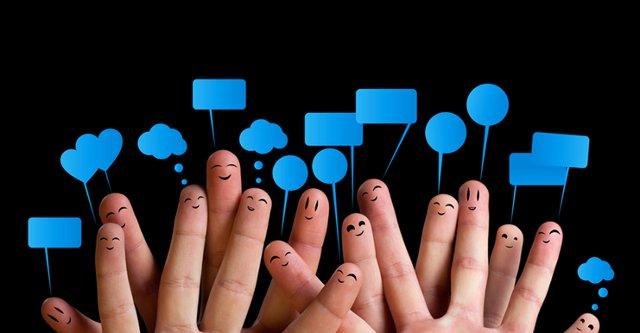I wrote this note out for a discussion on Social Media sites and how their relationship with publishers has evolved over a period of time. It goes to show that too much of reliance on any one channel may not be such a good thing after all!
Can we as digital marketers and analysts create a measurement model that can reliably help us to identify whether our social media investments are justified?
Social Media and Creators
One of the problems that new Social Media websites face is generating enough content that users want to consume. This they do by welcoming publishers to come and register on their websites. This is the main fuel for their growth.
The social media site in question (including Facebook) does all it can to attract publishers and creators. The focus is on getting more creators and therefore more users. Users get to follow their favorite brands and celebrities on these sites. Brands and celebrities get a scalable way to engage with their fans. A win-win on paper.
A platform is born
As more users sign-up and start using the site, it soon starts being recognized as a platform. This platform now is independently known and now, creators are attracted to the platform not because its easy to publish their content or its easy to create their content … but because that platform already has their potential target audience.
So, from engagement at scale, the reason why the platform is being used shifts to reach and discovery. The very publisher who used to get throngs of crowds flocking around them now is looking at the platform as the source of that crowd. The shift of behavior due to the change in thinking is not amiss to platform owners.
From Win-Win to Monopoly
The platform owner now knows the dependence of the publisher upon the platform. E.g Facebook single-handedly crippled the stock prices of Zynga (famous for Farmville app on Facebook) by taking it off their Featured apps page.
Take the organic reach that Facebook now provides. Some years back (circa 2012), a single post on your Facebook page would be shown to 10-12% of your followers. This has slowly trickled down to 1% now (3%-4% if you have high engagement on the page). The reason behind this is because every brand out there is pushing out more and more content than what the platform was designed for, and every brand / celebrity out there wants to create content that goes viral.
Pursuit of Viral
Publishers in the pursuit of this holy grail tend to create a Sea of Crappy Content. This is loads and loads of content which does not drive engagement. Platform owners now are scared by the very publishers they used to chase. Not because they don’t need them … but because they are not clearly able to differentiate the good ones from the bad ones. The definition of quality becomes more blurred.
Zero Organic Reach
In the end, the platform owner plays the one card that they can control. Throttle the impressions and reach of the publishers. Quality is then replaced with budgets, with the underlying assumption – if you can create great content, most likely you have enough budgets to buy the impressions required to go viral.
Another example to highlight this is to look at any Facebook page which has over 10,000 likes, the last post of that page won’t even have an engagement rate of 1%. The problem may not with the page or the post in itself, it stems from the throttling down of organic reach.
So what can be done?
Do we pay the piper and buy our followers? Or do we dance to the tune of the platforms and keep pushing more content in the hopes of getting that one beautiful post that gets shared by the millions.
Can we instead, arrive at a scientific method of identifying what platform works and what doesn’t in furthering our objectives?







